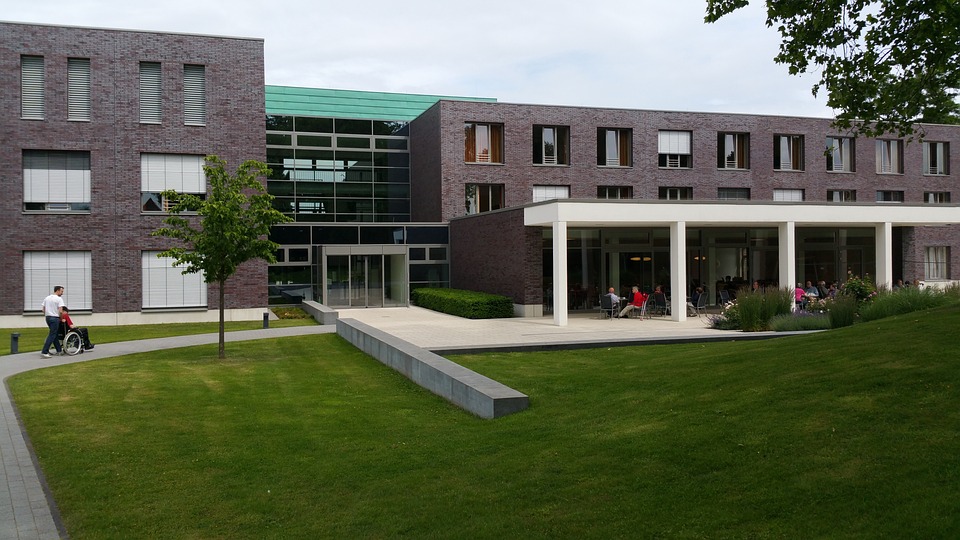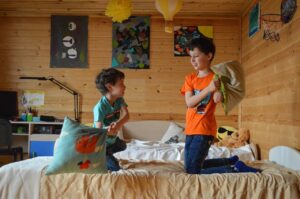Rehabilitation and Independent Living

By Chris Schaub
The Rehabilitation and Independent Living (RaIL) Special Interest Group, established in 1981, is committed to supporting and promoting the acceptance of behavior analysis as an integral discipline in rehabilitation, neurorehabilitation, and other related areas, particularly for those individuals who have experienced a brain or neurological injury. Individuals with acquired brain injuries and other neurological disabilities benefit from behavior analysts working collaboratively with their interdisciplinary teams and stakeholders, to develop treatment programs in settings such as hospitals, free-standing clinics, and private rehabilitation facilities. The science of behavior analysis is well equipped to help address the challenges these individuals face, including complex, neurobehavioral sequalae, related medical conditions, intense psychosocial challenges and significant disruption to their lives.
The Rehabilitation and Independent Living SIG has been a small group of dedicated and engaged rehabilitation professionals, including BCBAs, who meet and communicate innovative ideas, gather support to expand the field, and compare program and treatment challenges. Over the last ten years, the RaIL SIG has hosted participants from multiple states and from as far away as India, Canada, and Ireland. The primary function and event for the RaIL SIG continues to be our group meetings at the annual ABAI conference. Active and engaged discussions have resulted in plans for ongoing development and growth, and an expansion in our membership over the last year. This has included an increased presence of academic and research professionals, as well as their students, furthering the cause and footprint of the group, while also providing additional opportunities for internships, research collaborations, and advancing the presence and value of ABA in the rehabilitation field.
Over the last two years, at the annual conference meetings, the group has been particularly excited to discuss and explore collaboration with the neuroscience SIG. This connection would allow both groups to utilize their collective expertise and experience toward advancing the concepts and relationship between neurology and behavior, ultimately to inform ABA services in this arena. A previously mentioned challenge facing the RaIL SIG is recognition of the core population represented by the group, specifically neurologically impaired individuals, recognizing that the name of the SIG may not clearly convey the focus of the group particularly well. However, the settings in which the members typically work with neurologically impaired individuals include clinical and academic settings focused on rehabilitation, and so it remains steeped in history within the organization.
The SIG continues to support expanding the understanding of brain injury and the need for behavior services. RaIL SIG members previously helped develop, together with the BACB, a long-term action plan for growing the field of behavior analysis in acquired brain injury. A persistent consensus among the group is that more research and contributions are needed from professionals in the rehabilitation space to expand the knowledge base in this area. This further points to the great need for practical training and supervision of students including internship opportunities and partnerships between current treatment programs and BCBA verified practicum programs remains. Collaboration amongst treating BCBAs and other professionals is vital to successfully integrating sound practices into rehabilitation settings. Finally, guidelines for conceptualizing and implementing behavior analytic programming in brain injury rehabilitation need to be formulated, though research on interventions with brain injured patients has been limited and has lacked some of the rigor needed to provide valued results.
The RaIL SIG has continued to welcome members from such diverse backgrounds as physical medicine, psychology, neurology, etc. as well as other brain injury professionals, students and concerned family members. The power of that diversity is evident in lively discussions, informative exchanges of information and long-standing relationships that provide much needed support. Members are encouraged to share articles, program ideas and professional experiences. Members of the RaIL SIG must be a part of the solution. Growth of the RaIL SIG has come from current members networking with their peers and having the courage to step up to significant challenges this treatment population presents. It will also be furthered through more formal collaborations between the applied and academic fields, to include student involvement that expands their understanding of the scope of behavior analysis and introduces them to the unique settings and populations within the rehabilitation field where behavior analysts practice.
Visit the SIG Facebook page to check it out and join/ like, the URL is: www.facebook.com/pages/ABA-Rehab- Special-Interest-Group/118243448217580


